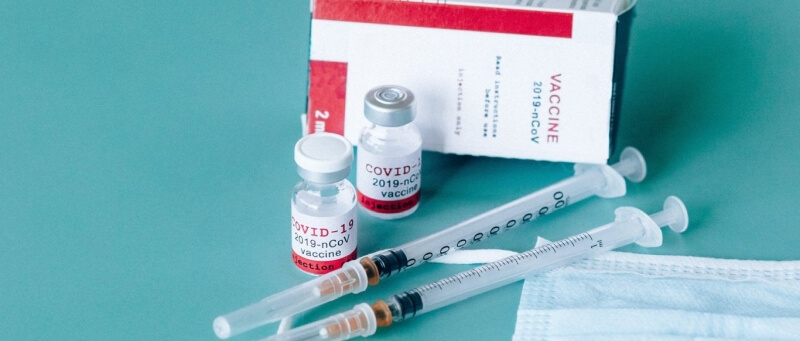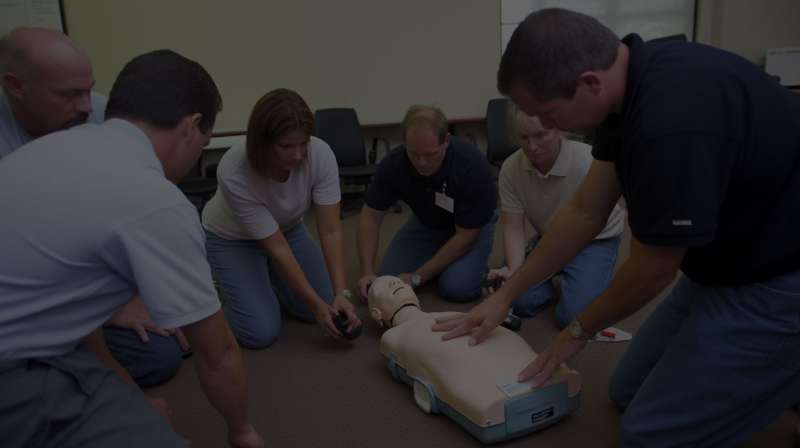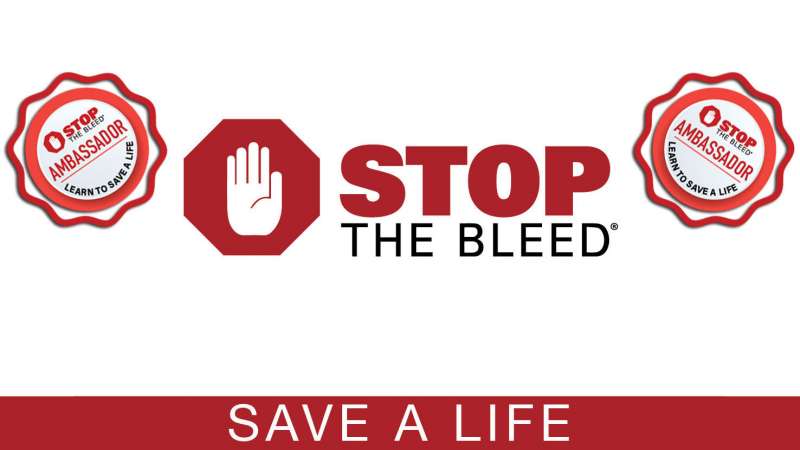Table of Contents
Here is an article penned by Mike Kelly, the KRP Sr. Health & Safety Advisor. This article discusses some organisational aspects of why workplace accidents happen. According to the Bird/Loftus study, a lack of Safety Leadership can cause the dominoes to tumble.Additional articles can be found on his personal Safety Moose blog, where he writes frequently on topics of safety and health.
Why do workplace accidents happen? This is the sixty-four thousand dollar question.
Nobody plans to go to work and get injured yet there are still accidents in the workplace, often with dire results.
For many, the simple reason is that a person made a silly “mistake” or violated a “procedure” leading to an accident. Let’s unpack this a little.
According to estimates by the International Labour Organisation (ILO), the number of job-related accidents and illnesses, which annually claim more than two million lives, are rising because of rapid industrialization in many developing countries.
The ILO estimates that in addition to job-related deaths annually, there are 268 million non-fatal workplace accidents, in which the victims miss at least three days of work. Furthermore, there are 160 million new cases of work-related illness (that can be assessed by reported statistics).
The ILO has previously estimated that workplace accidents and illnesses are responsible for the loss of up to four per cent of the world’s GDP, in compensation and absence from work. That’s a big number!
So what is going on?
First, let’s get some definitions out of the way:
Incident: An incident is an event that includes ALL undesired circumstances and "near misses" that could cause accidents Accident: Any undesired circumstances which give rise to: ill health or ijury; damage to property, plant, products or the environment; production losses or increased liabilities. Near Miss: Any form of incident that could have resulted in any injury or loss, but did not. (source: UK Health & Safety Executive, document HSG65)
The Relationship Between Incidents, Accidents and Near Misses in the Workplace.
The accident triangle, also known as Heinrich’s triangle or Bird’s triangle depicts the statistical relationship between the number of Near Misses and serious or debilitating injuries.
In the Frank E. Bird and Loftus’ 1966 study, they proposed that the relationship between near misses and serious injury could be estimated based upon the frequency of Near Misses.

There are many different versions of this triangle but Bird/Loftus’s data indicated that when the number gets up to 600 Near Misses, it is statistically more likely that a serious injury or fatality was around the corner.
This assumes of course, that all near misses are recorded. Unfortunately in many work cultures, the Near Miss often goes unreported or is thought too insignificant to bother reporting. Yet, the study shows that these near misses ARE statistically significant. We can explore that issue in another article.
Most experts agree that Near Misses are great opportunities to learn from an event that could possibly have resulted in injury or damage to assets or the environment.
However, these Near Misses are too often, left unreported (for various reasons) and the lessons unlearned.
So What Causes Accidents in the Workplace?
Bird and Loftus extended upon the Heinrich theory to encompass the influence of management in the cause and effect of accidents. They suggested a modified sequence of events as follows:
The Domino Theory was first proposed by Herbert W. Heinrich back in 1931 and he proposed that
“a preventable accident is one of five factors in a sequence that results in an injury, The injury is invariably caused by an accident and the accident, in turn, is always the result of the factor that immediately precedes it”. – Herbert W. Heinrich

Bird/Loftus Dominoe Theory (expanded)
- Lack of Management Control which permits –>
- The existence of basic or underlying causes (i.e. personal or job factors) then –>
- Immediate causes (unsafe acts and conditions) –>
- Accident
- Loss
The theory of why workplace accidents happen goes that if you remove one of the top three events, accidents and loss can be prevented. However, the easiest approach is to recognize and remove the immediate causes.
Note that Unsafe Acts and Conditions are often caused by a range of underlying causes such as a lack of policy or procedure (or inadequate procedures), poor training, no systems of work, poor supervision etc which in turn may be due to a lack of interest or support of senior management. They may also just be lacking good data and reporting to enable them to make good decisions.
Let KRP and its partners help your company reduce workplace accidents.
JMJ & Associates

In 2020, KRP partnered with JMJ Associates here in Thailand to provide a host of consulting services to the Thai market.
JMJ is best known for its Incident and Injury-Free™ (IIF™) program. This program helps aligns project teams on complex projects to achieve successful incident and injury-free conclusions, worldwide.
Unsafe Conditions at Work
Unsafe conditions are another matter and can include both mechanical and physical conditions. A workplace that is too hot or too cold, or too noisy or has the presence of chemicals or gasses.
These can cause injury and illness can be potentially classified as unsafe physical conditions for work unless proper controls are in place to mitigate.
Mechanical unsafe conditions include dangerous conditions around process equipment, vehicles or machines. Once again, the second domino can be removed if mechanical unsafe conditions are removed or risk reduced to as low as reasonably practicable.
In the world of offshore oil and gas facilities (or operating onshore facilities) where flammable hydrocarbons and gasses are always a threat, gas and flame detectors are used to alert operators to the presence of explosive vapours or gasses.
Maintenance is always an ongoing event in these facilities. Oftentimes, maintenance activities will require welding and other hot works on a regular basis. This activity can introduce a source of ignition to vapours/gasses. So how do you protect your assets in this environment?
Safehouse Welding Enclosures
KRP is now proudly partnered with the Starn Group in Thailand to sell and support its range of world-class products.
These include SafeHouse pressurized hot work enclosures to eliminate unsafe conditions. Read more on the SafeHouse page.

Safehouse Positive Pressure Welding Enclosures
In an upcoming article, I will explore some of the direct and indirect costs associated with incidents and how they negatively affect your company’s bottom line and reputation.

There is a lot of confusion, rumors, and misinformation about the vaccines, which is causing unnecessary fear and in some cases, panic. The following information is to help explain the "Basics" about the types of vaccines;
- How the four primary types of vaccines actually work.
- How many doses are required.
- What other vaccines have been around that use the same technology.
The information is not intended to provide medical recommendations, always consult with a licensed local medical professional as to what vaccine is best for you. The information is only to provide basic information to better help you understand "how" these vaccines work and how they are different from each other.
But first, let’s start with some humor to relieve some of the stress surrounding this subject.
Everyone has heard at least one of the conspiracy theories about the “real” purpose of the vaccines, these can be very entertaining. The most entertaining so far is the one a friend had texted me about a while back.
The text said something like, "Hey I’m not getting the vaccine", I responded, "why not?". The reply is hilarious!
Reply, "because I heard that the vaccines are using nano-technology to inject us with microchips to track us". Yep, that was it.
My response was, "seriously? Do you not realize that you are texting me from that Global Positioning tracking device you are currently holding in your hand, called a cell phone?" The next sound I heard was, "CLICK". Hilarious!
Let’s start with what a "vaccine" is by definition according to the US CDC:
"suspension of live (usually attenuated) or inactivated microorganisms (e.g. bacteria or viruses) or fractions thereof administered to induce immunity and prevent infectious diseases and their sequelae".
Rumor #1: The vaccines provide immunity from the virus. This is false.
While the current medicines being given are called "vaccines", if you read the complete information provided from each of the pharmaceutical manufacturers, they clearly explain, they DO NOT provide immunity from the virus.
These "vaccines" were developed with the intent to reduce the severity of the effects the virus has on the human body in the event of an infection. They do in fact provide a level of protection reducing the possibility of hospitalization and most importantly, death.
What this means: Is after being fully vaccinated you can still get infected from the virus, and you can still transmit the virus, infecting others.
Ok, now that we have that cleared up, let’s get to the information that you really want to know.
What are the primary differences between the most common vaccines being used? Let’s start with:
1. WHOLE VIRUS VACCINE
Vaccines using the method: Sinopharm, Sinovac
Number of doses required: 2 doses given intramuscular
Other vaccines that are licensed and using this type of technology: Rabies, Polio, Hepatitis A.(All inactivated types).
What to know: The whole virus vaccine uses a deactivated or weakened form of the pathogen, that causes the virus to activate a protective immune response upon infection. These inactive forms of the virus cannot infect cells or replicate, they only assist with activating an immune response.
Benefits: According to Experts at GAVI, the technology is well established, relatively simple to manufacture and it is suitable for people with compromised immune systems.
Challenges: Booster shots may be required.
2. RNA or mRNA VACCINE
Vaccines using the method: Pfizer BioNTech, Moderna
Number of doses required: 2 doses given intramuscular
Other vaccines that are licensed and using this type of technology: None
What to know: Since there are no other vaccines currently using this technology, it can be mistaken as a “NEW” technology in the fight against viral infections, it is not new. Studies in the past have used this technology in the fight against, Rabies, Zeka, and Influenza.
There is a considerable amount information available about this technology.
Benefits: According to PHG Foundation of Cambridge University, there is an established safety record since there are no "live" components so there is no possibility the vaccine may active disease. It is a reliable method, and it is relatively simple to manufacture.
Challenges: According to the PHG Foundation, unintended immune reactions could possibly occur. Effective delivery since RNA in the body is quickly broken down. Storage issues. And the fact that this type of vaccine has never been licensed for human use.
3. NON-REPLICATING VIRAL VECTOR
Vaccines using the method: Johnson & Johnson, Oxford-AstraZeneca, Sputnik V
Number of doses required: 2 doses given intramuscular. 1 dose - Johnson & Johnson.
Other vaccines that are licensed and using this type of technology: Ebola
What to know: This vaccine introduces a safe and modified version of the virus referred to as a "the vector". The vector delivers genetic information for the antigen. Spike proteins are on the virus surface, so "the vector" for this type of vaccine is the spike proteins.
Once infected, the body’s cells are directed to produce a considerable numbers of antigens, activating the body’s immune response.
Benefits: According to GAVI, vaccinations that are viral vector-based are well established providing a strong immune response.
Challenges: Past exposure to the specific vector, could reduce the effectiveness of the vaccine. Compared to other vaccines this type of vaccine is relatively complex to manufacture.
4. PROTEIN SUBUNIT
Vaccines using the method: Novavax
Number of doses required: 2 doses given intramuscular.
Other vaccines that are licensed and using this type of technology: Hepatitis B, shingles, pneumococcal & meningococcal diseases.
What to know: This vaccine introduces purified "pieces" of the virus, rather than the whole virus in order to activate an immune response. Restricting the immune system to the whole virus will minimize the possibility of side effects.
Benefits: the SUBUNIT vaccines use well established technology that is beneficial to those that are immunocompromised.
Challenges: this type of vaccine is relatively complex to manufacture, and boosters may be required.




Share on social media